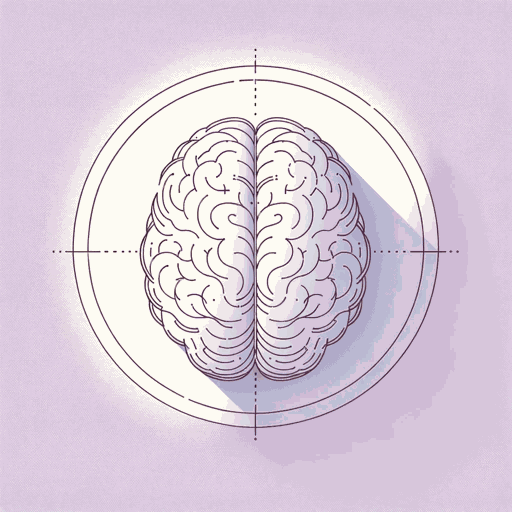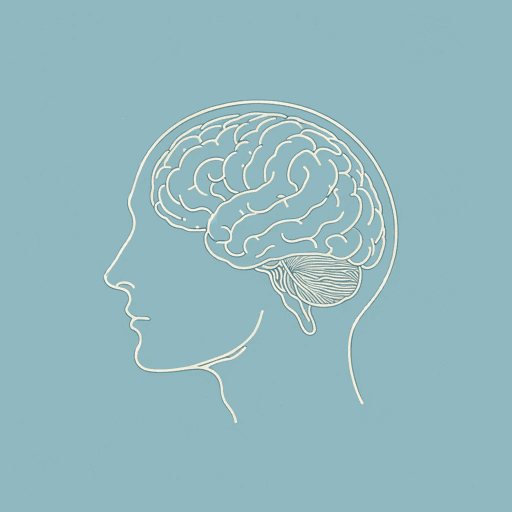56 pages • 1 hour read
David HumeA Treatise of Human Nature
Nonfiction | Book | Adult | Published in 1739A modern alternative to SparkNotes and CliffsNotes, SuperSummary offers high-quality Study Guides with detailed chapter summaries and analysis of major themes, characters, and more.
Book 2, Part 1Chapter Summaries & Analyses
Book 2, Part 1 Summary
Hume explains that he considers passions or emotions to be secondary or reflective impressions, while the primary or original impressions are feelings of pain or pleasure (327). He further divides original impressions into categories. His first pair of categories are calm (sense of beauty, admiration for art) and violent (hatred, pride, grief). Hume calls these violent impressions “passions.” He then splits passions into two further categories: direct and indirect. Direct passions are the ones responding immediately to pain or pleasure, including despair, desire, aversion, fear, hope, joy, and grief. The indirect passions also derive from our feelings of pleasure and pain, but they are shaped by other factors as well. Hume lists as examples of indirect passions love, generosity, pride, ambition, vanity, humility, pity, envy, and hatred (328).
Hume begins by looking at the passions of humility and pride. Since Hume admits we cannot describe the feeling of any passion, Hume focuses on two characteristics of the passions: cause and object. The cause is what triggers the passion, like making a work of art. Also, the cause itself is the quality (what about the cause that inspires pride) and the subject (which would be the person who feels pride).
Related Titles
By David Hume




